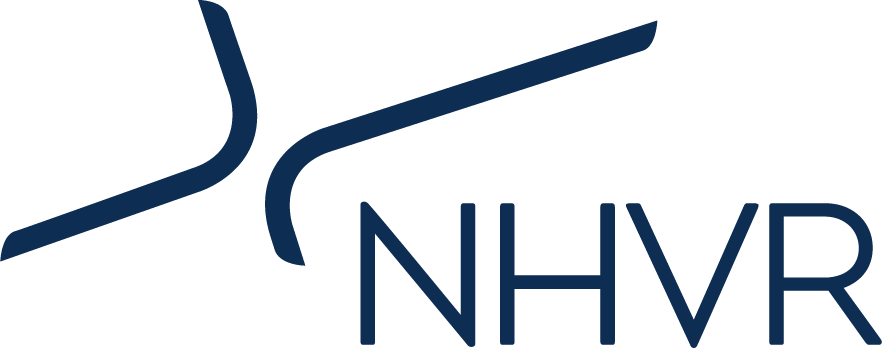A Registered Industry Code of Practice (RICP) is a resource that can help you and your business fulfil your primary duty by implementing risk management into your operations.
Review the risks and hazards identified in any RICP that is relevant to your work and determine whether those risks and hazards are present in your transport activities.
Determine the likelihood of each potential risk in your business and assess the consequences if it were to happen. Depending on the likelihood and potential gravity of each risk, select suitable controls from those recommended by the code and implement them in your business.
Benefits
By using the contents of the code to establish or improve risk management within your business, you can better protect your employees and the public from harm, and prevent damage to property, infrastructure, and the environment. You should also avoid compliance and enforcement action against your business and improve its reputation.
Information in an RICP is also a resource you can use to develop training for your employees and to identify the competencies you require business partners’ employees to have.
Code content may also be useful if you are establishing an assurance process whether it is for auditing the performance of another business, or of your own procedures and performance.
While negotiating a contract with another party about how a transport activity will be undertaken, you can refer to guidance in an RICP to help reach agreement about how things should be done and incorporate this into the contract. This will ensure consistency and will improve your and your business partner’s compliance with the primary duty.
Obligations
Your obligation is to do what is reasonably practicable to ensure safety. This means that the control measures you put in place should be proportionate to the overall risk and would achieve a level of safety that a reasonable person would consider to be appropriate. You are not required to implement measures whose cost would be grossly disproportionate to the risk, but as a rule, expense will not be an excuse for failing to manage a serious risk.
You are not required to use every control recommended by a registered code of practice, only to do what is reasonably practicable in your specific circumstances. Some control measures may not be suitable for your workplace or procedures; some equipment or training may not be available. You may need to use other measures to manage the same risks. You may also choose to use other measures so long as they achieve the same or a better level of safety as those recommended by the code.
In some situations, there may be no suitable controls for a particular risk. If the risk is serious and can’t be eliminated or minimised, then you will need to find another way of performing the activity.
Once you have worked out the controls that will be effective at eliminating or minimising the risks that you have identified in your business, you should document the risk assessment and the proposed controls and see that these are implemented in your operations. This will require communication, changes to procedures and training across the board, including with business partners. It may also require expenditure on new resources, including in your workforce. Your business will be better able to implement these changes where there is full support from the executives and management of your business.
After these changes have been made, the business and its executives should be monitoring the effectiveness of the control measures to see if they are working. If they are not, they should be working out why not, and finding ways to make them more effective.
In order to ensure your assessments and procedures remain current, you should revisit RICPs from time to time to see if there are further opportunities for improvement. You should also review your systems against RICPs when your situation or activities change, when new risks emerge, when laws or regulations change, and any time an RICP is revised.
The processes mentioned above can be incorporated into a single Safety Management Systems (SMS) to ensure a comprehensive approach to safety management. Having an SMS is not a legal requirement in the heavy vehicle industry – it is mandatory in the aviation, rail, and maritime industries – but is a recommended means to incorporate risk management, training, monitoring, and continuous improvement.
Which code should I use?
The Master Code offers general guidance relevant to the whole heavy vehicle industry and should be the starting point for discharging your primary duty. Other industry specific codes are to be read in conjunction with the Master Code. They provide more specific examples of hazards and risks, and more detailed and specific control measures. If one of these supplementary codes is relevant to your business, then you should be aware of the contents of that code and the Master Code.
As part of your primary duty, you should also be identifying the risks that arise when you work with your business partners. If one of them works in a particular sector to which an RICP relates, you should familiarise yourself with that code as well, so that you can work with your business partner to manage risks that arise in their sector.

 Accessibility tools
Accessibility tools

